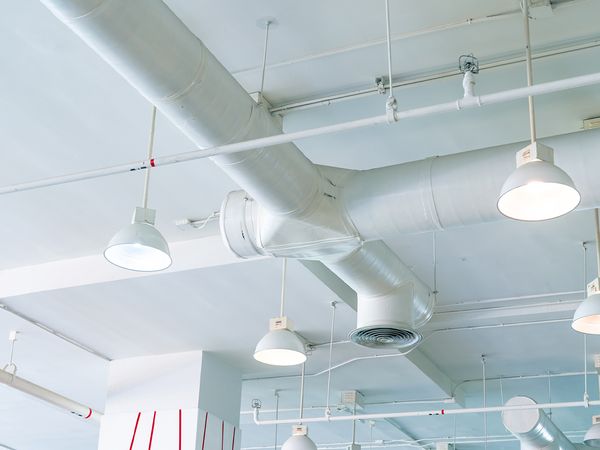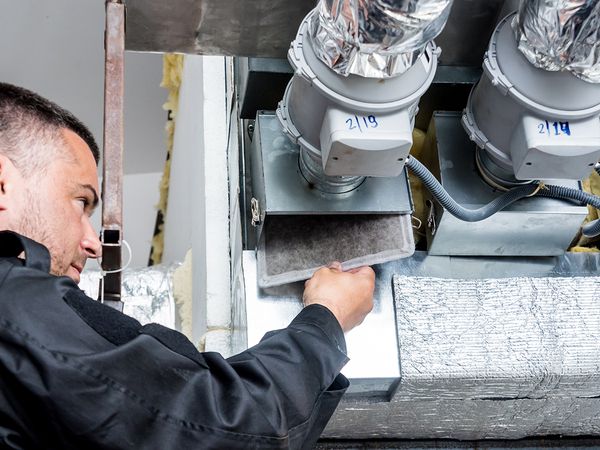Ductwork plays a very important role in maintaining your business’s or building’s comfort and energy efficiency. Good ductwork design can ensure your building is comfortable regardless of what the weather is like outside, while saving you money on heating and cooling costs. Here are just a few principles that guide modern HVAC air duct design.
4 Basic Principles of Duct Design
See What Duct Designs We Can Crank Out for You Today!
4 Basic Principles of Duct Design

Correctly Sized Ductwork
We’ve talked about the havoc that incorrectly sized ductwork can wreak on your building — as a matter of fact, it is a clear sign of bad ductwork and is usually indicated through a number of factors like rising energy bills, strange noises, and inconsistent temperatures. Proper ductwork design requires that the ductwork you install is properly sized to provide the airflow needed for your building.

Put Ductwork in Conditioned Areas
Ductwork should be installed in areas of a building that already receive heating and cooling. If ductwork is routed through unconditioned areas such as crawl spaces, garages, or unfinished attics, it could be affected by variations in outdoor temperatures. Ductwork should be insulated to help prevent energy loss through the relatively thin material of the ducts themselves.

Supply and Return Airflow is Equal
Supply airflow refers to the heated and cooled air that your HVAC system produces and distributes throughout your building. Return airflow is the expended air that is brought back to your HVAC system to be conditioned, filtered, and distributed again. The amount of airflow for these two processes should be as close to equal as possible to ensure that there is enough return air coming back into the system to keep up with supply demands. Every room with a supply duct should also have a return duct to bring expended air back to the HVAC unit. When this is not possible, install a central return in a common area such as a main hallway or underneath a major stairway.

Seal, Insulate, and Test Ductwork
Testing the entire duct system is compulsory to ensure that duct sections fit tightly together and are mechanically sealed with sheet metal screws. Connections should be sealed with mastic, a specialized rubbery sealant used on ducts, or metal tape.
When you want high-quality duct design that is efficient and high performing, then give the team at MetalMarketz a call. We are the premier provider of HVAC sheet metal fabrication across New York City, including Manhattan, Queens, Brooklyn, the Bronx, and Long Island. To learn more about our ductwork fabrication, please give us a call and ask to receive a quote.
